Hieroglyphics before Champollion
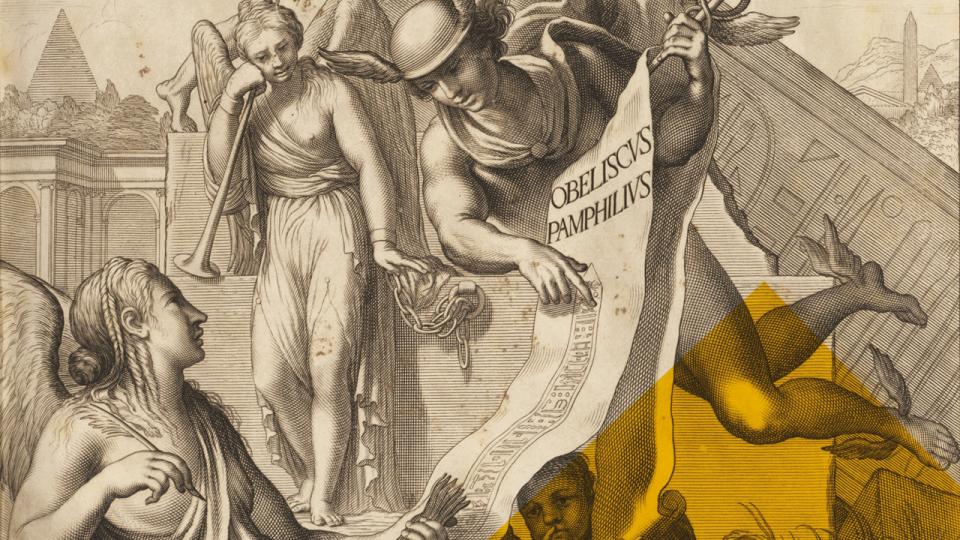
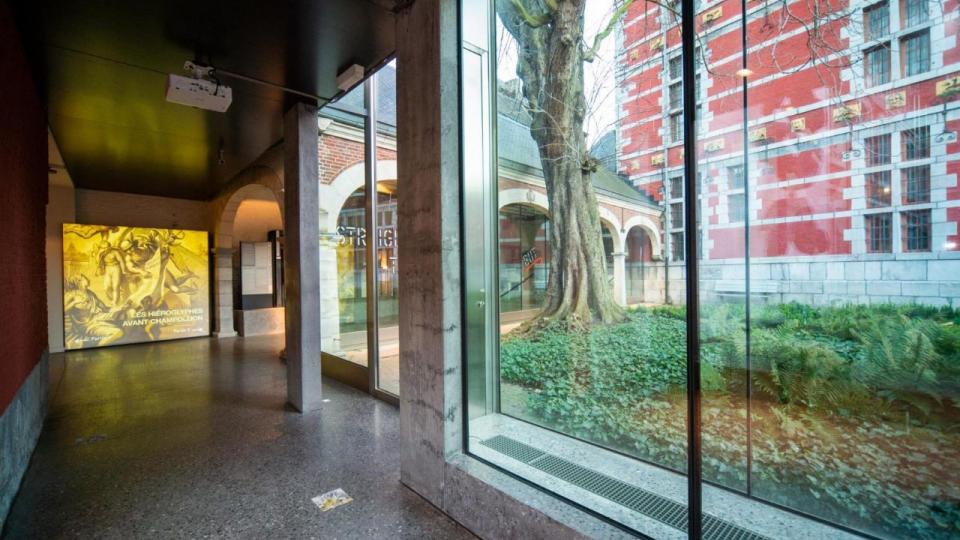
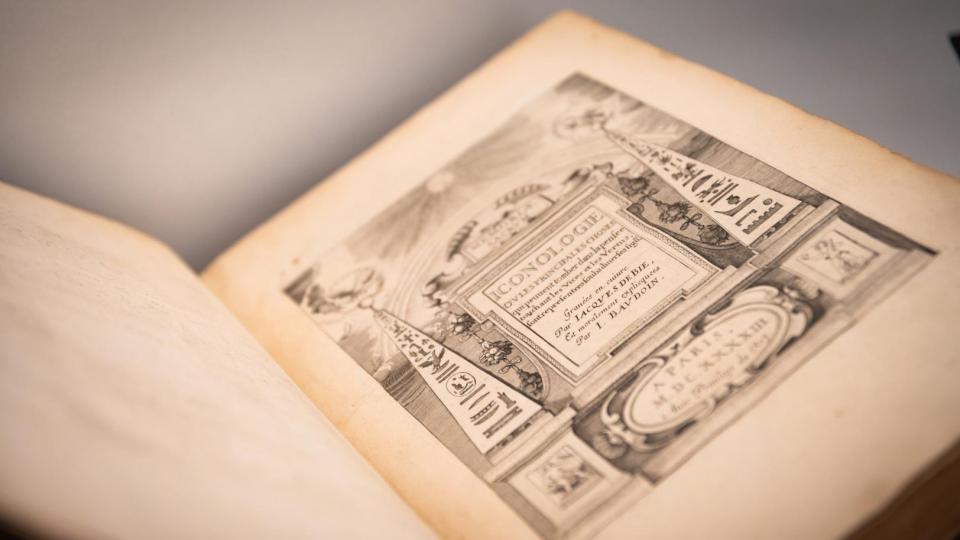
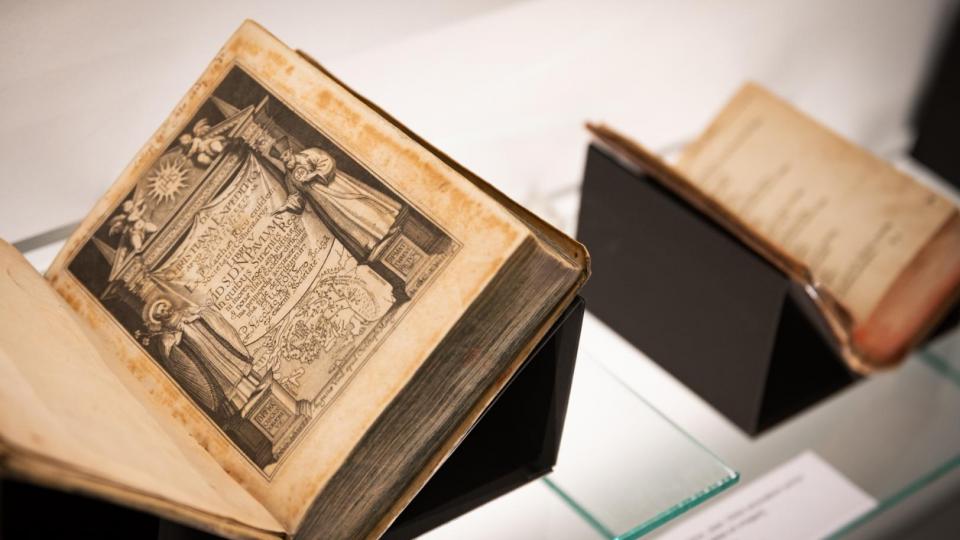
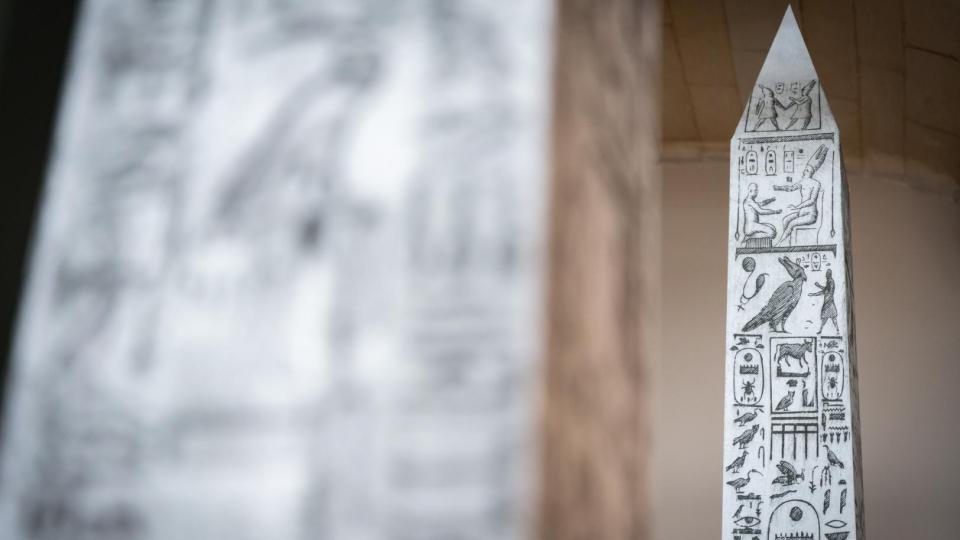
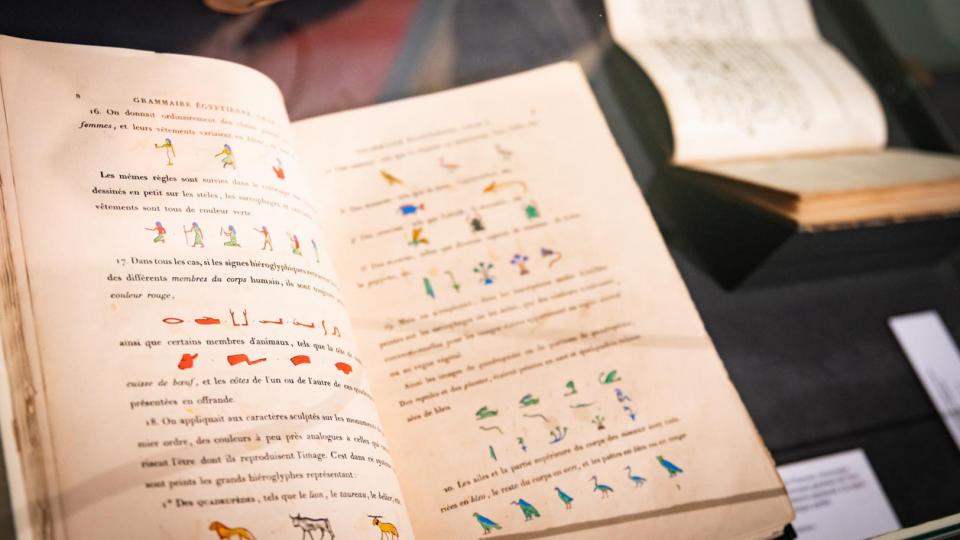
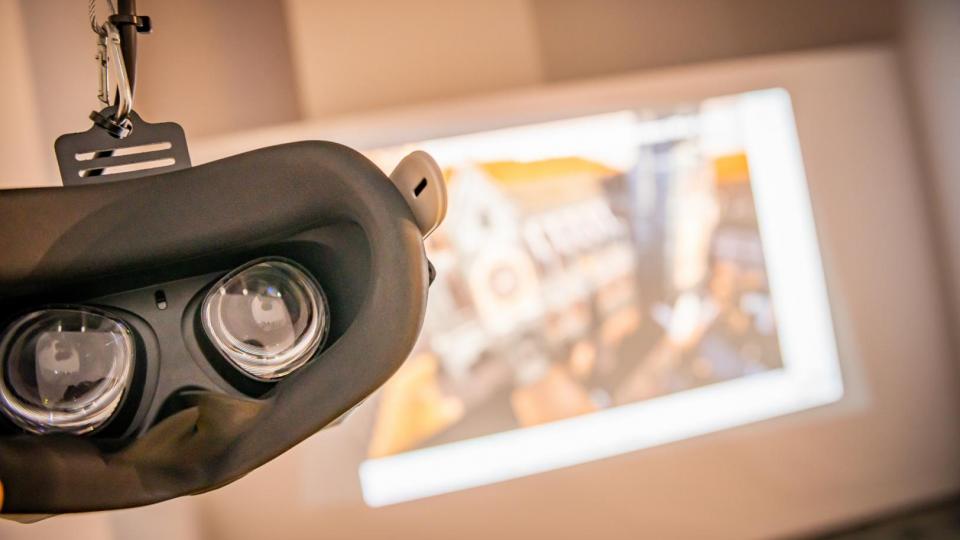
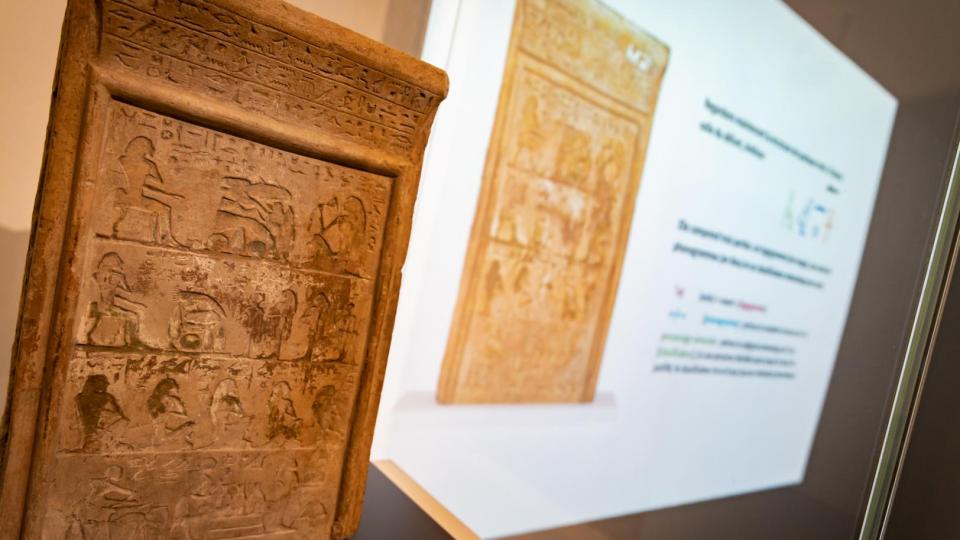
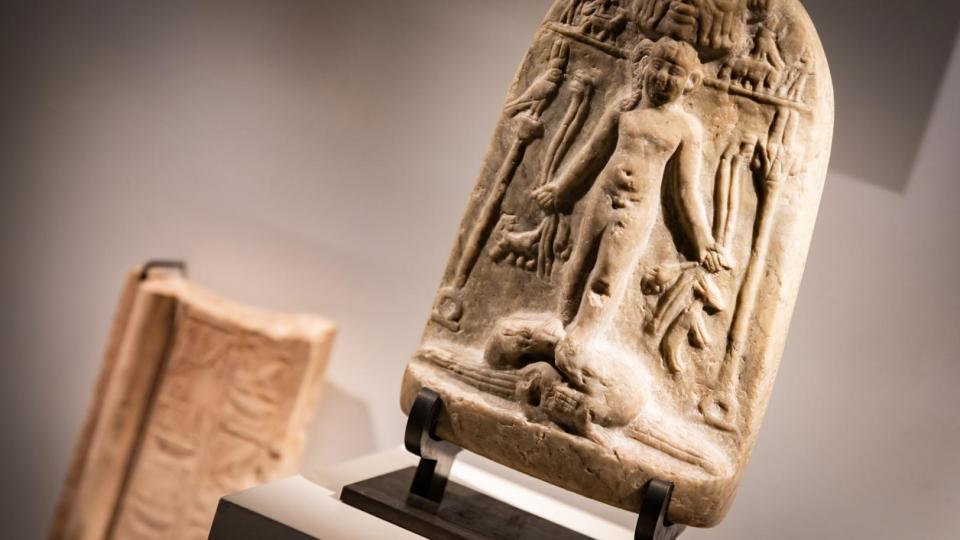
Hieroglyphics before Champollion | From Classical Antiquity to the Egyptian Expedition
On September 27, 1822, Jean-François Champollion (1790 – 1832) sent Joseph-Bon Dacier, secretary of the Académie des Inscriptions et Belles Lettres, his famous letter in which he set out the general principles of hieroglyphic writing, which he had just discovered thanks in particular to the Stone of Rosetta. This date marks the symbolic birth of scientific Egyptology.
Two hundred years later, the Egyptology service of the University of Liège and the Museum and Cultural Center of the University of Liège, in partnership with the Grand Curtius, celebrate this discovery which will give access to the world of Egypt. ancient, still largely unknown.
From the end of Antiquity to the beginning of the 19th century, philosophers, historians, travelers and enlightened collectors had formed an idea of Egypt and its writings largely based on the testimony of Greek authors and Latins, and therefore on a truncated perception of the facts.
The exhibition presented at the Grand Curtius retraces this curious, sometimes amusing history of the hieroglyphs which fueled a strong current of symbolic interpretation. Egyptian writing and, through it, the entire civilization of the banks of the Nile, were also sometimes exploited for political and theological purposes. It served as a guarantee for those who were looking for a universal writing, made of symbols, detached from language and speech. It was even used for a time to link Chinese culture to Western history.
The exhibition brings together a selection of old books, most of which are kept in the heritage collections of the Library of the University of Liège. Several objects from the collections of the Museums of the City of Liège, the Royal Museum of Mariemont and the Royal Library of Belgium complete the tour and accompany the works. So many witnesses to the different currents of interpretation of Egyptian writing over the centuries.
In collaboration with Professors Pierre Hallot (Faculty of Architecture) and Michaël Schyns (HEC-Liège), experiments using augmented and virtual reality techniques complete the chronological journey. The visitor will thus be able to see a 3D reproduction of the funerary monument of Hubert Mielemans, built around 1560 in the Church of the Holy Cross, and a staging of the Lateran obelisk, from its original location in the temple of Karnak to its current situation in Rome. A laser mapping on a stele from the collections of the Curtius Museum will allow the visitor to understand the organization of the decor and the arrangement of the inscriptions.
A rich entertainment program (conferences, guided tours, creative workshops, internship) can be found at the end of the article (PDF).
Scientific office
Pr Jean Winand, Egyptologist, First Vice-Rector of the University of Liège, President of the Museum and Cultural Center
Dr Gaëlle Chantrain (FNRS – UR Ancient Worlds – ULiège), Dr Cécile Oger (Curator – ULiège Library), Dr Laurence Neven (UR Ancient Worlds – ULiège)
Organization
The Museums of the City of Liège, the Egyptology service of the University of Liège and the Museum and Cultural Center of the University of Liège, on an initiative of Pr Jean Winand, First Vice-Rector of the University of Liège .
The exhibition 'Les hieroglyphes avant Champollion' falls within the framework of the framework agreement aimed at structuring and developing collaborations between museums and the collections they respectively manage.
Catalog
The exhibition is accompanied by a scientific catalogue, published by the Presses Universitaires de Liège, on sale at the museum shop.
Hieroglyphs before Champollion. From Classical Antiquity to the Egyptian Expedition. Jean Winand & Gaëlle Chantrain (dir.)
Partners
Wallonia-Brussels Federation, ULiège, Walloon Heritage Agency (AWaP), Royal Library of Belgium (KBR), Royal Museum of Mariemont, King Baudouin Foundation.
Thanks to Mr. Trevisiol.
Practical information
“Hieroglyphs before Champollion” from 05.03 > 22.05.2022
Grand Curtius: Féronstrée, 136, 4000 Liège
FREE ENTRANCE
Open: Daily 10am-6pm - Closed Tuesday - Closed 1/01, 01/05, 1/11, 02/11, 11/11 and 25/12.
Photo Gallery Visual Captions
1 - Detail of the exhibition poster Source: Kircher, Athanase, Obeliscus Pamphilus [Obelisk Pamphilus], Rome, 1650, folio, 560 p., illustrations. Copyright Uliège Library.
2 Glazed gallery. Copyright S. Seyen
3 and following: Views of rooms of the exhibition Copyright Grand Curtius - City of Liège.